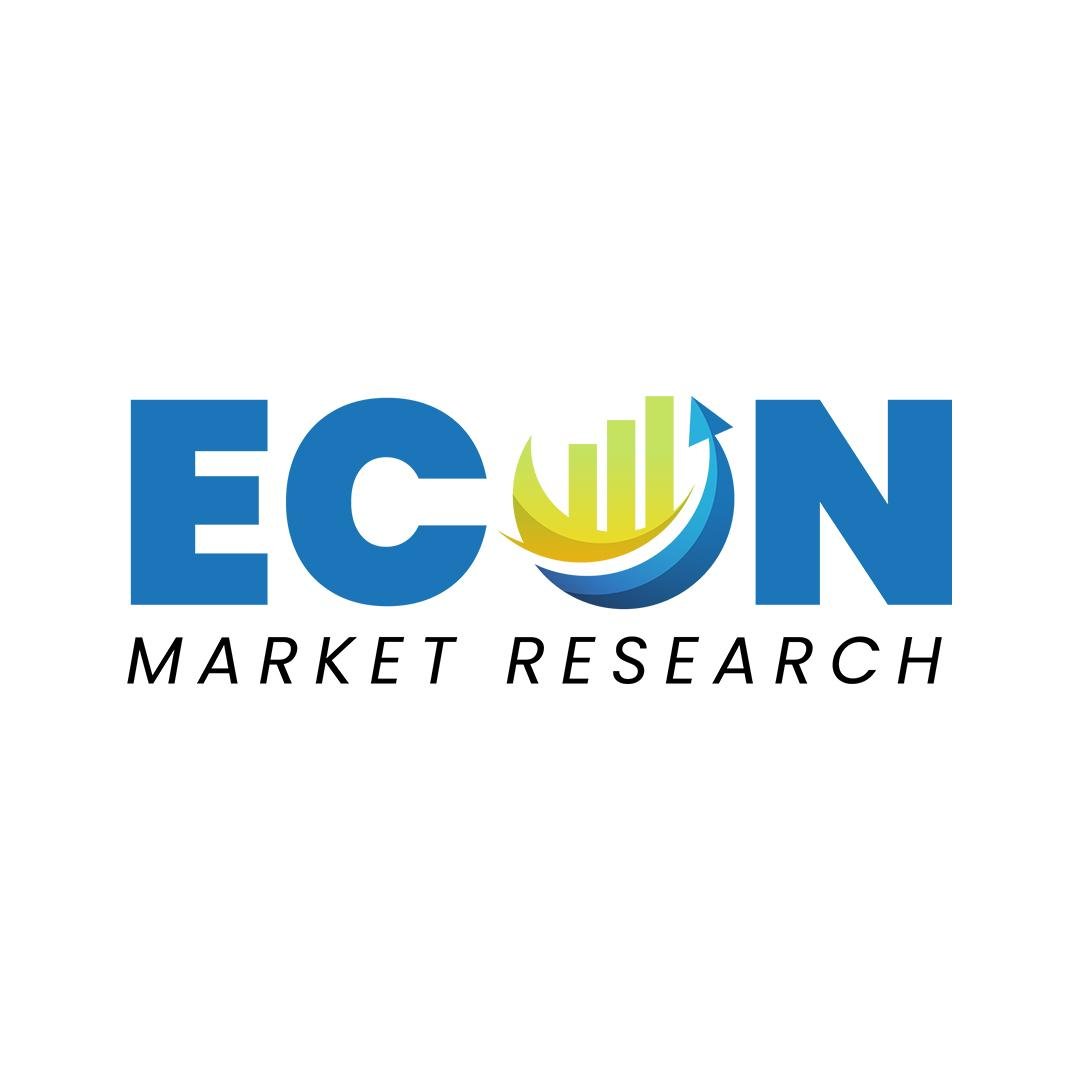What’s Driving the Growth of the Prefabricated Housing Industry?

The Rise of Prefabricated Housing: A Game Changer in the Housing Market
The housing market is in the midst of a major transformation, and one of the driving forces behind this change is the increasing popularity of prefabricated housing. Also known as prefab homes, these structures are manufactured off-site in a factory setting before being transported and assembled at their final location. With the rise of sustainable living, the demand for affordable housing, and advancements in technology, the prefab housing market has experienced significant growth over the past decade. In this blog, we'll explore the key factors contributing to the rise of prefabricated housing, its benefits, challenges, and its impact on the global housing market.
What is Prefabricated Housing?
Prefabricated housing refers to homes that are partially or completely built in a factory, as opposed to traditional homes which are constructed entirely on-site. These homes are made from pre-assembled components, such as walls, floors, and roofs, which are then transported to the building site for final assembly. There are several types of prefabricated homes, including modular homes, panelized homes, and manufactured homes, each differing in the extent of off-site construction and assembly.
Key Benefits of Prefabricated Housing:
1. Cost-Effectiveness
One of the main driving factors behind the growing popularity of prefab homes is their affordability. Traditional home construction can be a lengthy and costly process, with labor costs, material expenses, and unexpected delays driving up the overall cost. Prefabricated homes, on the other hand, are generally cheaper to produce due to the streamlined manufacturing process, bulk purchasing of materials, and shorter build times.
With prefab homes, homeowners can expect to save up to 20-30% on construction costs compared to conventional homes. This makes them an attractive option for first-time homebuyers and those looking for affordable housing solutions.
2. Speed of Construction
Prefab homes can be constructed much faster than traditional homes. While a conventional home can take months or even years to complete, a prefab home can be assembled in a matter of weeks. The manufacturing process takes place in a controlled environment, reducing delays due to weather, labor shortages, or supply chain issues. Once the components are built, they are delivered to the site and assembled quickly, allowing homeowners to move in sooner than with a traditional home.
Request Sample @https://www.econmarketresearch.com/request-sample/EMR001073/
Challenges Facing the Prefabricated Housing Market
While the prefab housing market is growing rapidly, there are still challenges that need to be addressed. Some of the main hurdles include:
1. Zoning and Building Regulations
One of the biggest challenges facing the prefab housing market is navigating local zoning and building regulations. In many areas, traditional home construction is more established, and zoning laws may not be flexible enough to accommodate prefabricated homes. These regulations can make it difficult for buyers to find suitable land for prefab construction.
However, as demand for affordable housing continues to rise, governments are beginning to loosen restrictions and create more favorable policies for prefab homes.
2. Financing and Insurance
Securing financing for prefabricated homes can be more difficult than for traditional homes. Lenders may be hesitant to offer loans for prefab properties due to concerns about long-term value, resale potential, and the perception that prefab homes are of lower quality. However, as prefab homes become more mainstream, lending institutions are gradually offering more financing options.
Similarly, insurance companies may view prefab homes as a higher risk, leading to higher premiums. As the industry grows and prefab homes gain wider acceptance, these challenges are likely to diminish.
3. Limited Awareness
While prefab homes have become more popular in recent years, many people still lack awareness about the advantages and possibilities these homes offer. Misconceptions about the quality and design of prefab homes persist, which can deter potential buyers. As more companies enter the market and more people experience the benefits firsthand, these misconceptions are likely to fade.
Phone Number: +1 812 506 4440
Email: sales@econmarketresearch.com
- Art
- Causes
- Crafts
- Dance
- Drinks
- Film
- Fitness
- Food
- Oyunlar
- Gardening
- Health
- Home
- Literature
- Music
- Networking
- Other
- Party
- Religion
- Shopping
- Sports
- Theater
- Wellness
- Politics
- IT
- Relationship
- Blockchain
- NFT
- Crypto
- Fintech
- Automobile
- Faith
- Family
- Animals
- Travel
- Pets
- Coding
- Comedy
- Movie
- Game
- Computer


